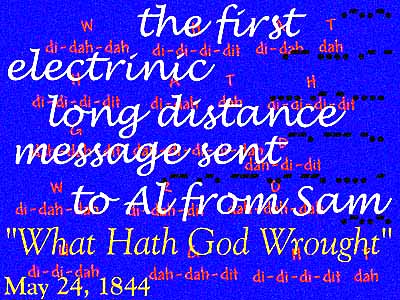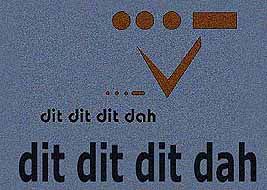Symphony No.
5 in C minor, Op. 67
Even among
people who have never listed to a concert, the opening phrase can
conjure up the very idea of Symphony. Inevitably, with so popular
a work, the question is asked, What does it mean: Beethoven's own
answer, to one of many curious persons who asked him, over the years,
what his music was all about, was "Thus Fate knocks at the door."
The notion
of Fate, and the self-evident struggle that takes place in the four
movements of this powerful score have resulted in a century's overlay
of other notions, too - most widespread during World War II, when
the coincidence of the opening four notes of the symphony corresponding
rhythmically to the Morse code for "V", and the ubiquitous "V for
Victory" gesture of Winston Churchill turned Beethoven's Fifth almost
overnight into the "Victory Symphony."




